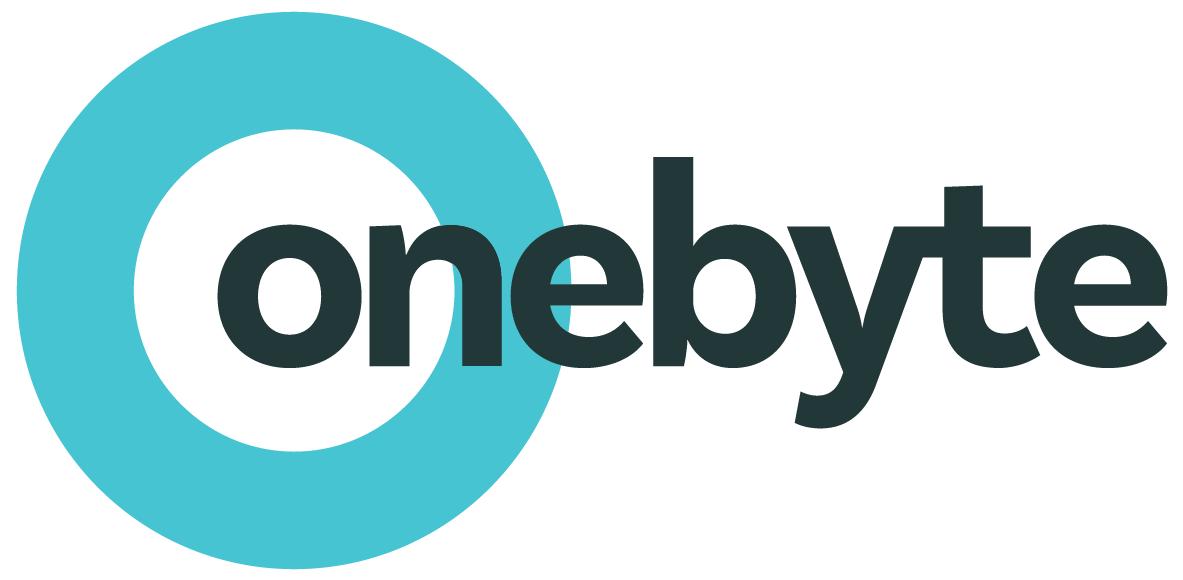Telephones are the backbone of business. People buy from people and that’ll continue to be the case, even in this digital world in which we now all live.
To deliver that vital voice communication we rely upon – the phone – is made one of the most essential parts of our work infrastructure.
The world has changed, not only with the arrival of Coronavirus last year but the advent of home working, flexi-working, multi-site locations and working on the go. This has all applied pressure to businesses to have technology and communication infrastructure, that is agile in supporting these demands.
In this blog we will look at potential pitfalls of using old phone systems, the alternatives, and how said alternatives will revolutionise the way you work now and into the future when working remotely, in office or a combination of the two.
Still using an ISDN/ office-based phone system? You could be inadvertently projecting a poor image to potential and existing clients, making your employees’ jobs harder, and be wasting time and money on something that is outdated and no longer fit-for-purpose.
We will now briefly explore the pitfalls and limitations of an office-based phone (ISDN phone system):
- The lack of business continuity it poses – The phone system is a single piece of equipment, which should it fail, you will simply be without a phone system until fixed or replaced – there is no suitable option for continuity of business.
- The lack of flexibility and capabilities it offers – even meeting straight-forward requirements of call queues, ring groups, voicemail and IVR can be cumbersome.
- Homeworking cannot be supported – your teams that are offsite are truly offsite when it comes to professional voice communication. Making or receiving calls with the business phone number are an impossibility and transferring or redirecting calls to external lines or mobile phones a costly alternative.
Considering the specific impact of trying to work with an ISDN / office-based phone system when working remotely, you are at risk of:
- The inability to operate – sales and customer service teams are entirely ineffective, to name just two areas.
- Professionalism – inability to answer and make calls using the business telephone number, answering using the right business brand name.
- Loss of credibility/business – being unable to operate ‘as usual’ will have significant damage to your credibility and fuel the risk of lost business.
- Loss of time/productivity – wasted time costs money.
All big pitfalls for a business of any kind, as I am sure you will agree.
You may well consider the redirecting of the office line to an external number a suitable alternative. To the uninitiated, this could seem like a more than satisfactory method to make a transition into remote working. While this may work in some scenarios, there are other concerns to highlight:
- Missing call queues and ring groups – In-office if your phones are busy the likelihood is that calls will form a queue for customers to wait in – perhaps with some generic music in the background to pass the time that they have to wait – without this queueing system customers may be sent to voicemail posing a bad image for the business.
- Cost – redirecting calls from your phone system to an external number will cost you in the bridging the connecting call, for as long as the calls are connected.
The barriers, risks and unsuitable alternatives must drive the consideration of modernisation – a switch to a more cost-effective and comprehensive solution to overcome the woes of an ISDN / office-based phone system.
VoIP Phone System (Voice-over-IP)
A VoIP (Voice-over-IP) phone system, in simple terms, is the mechanism of making voice calls over an internet connection, as opposed to over a dedicated fixed line.
The key difference between VoIP and the traditional ISDN systems is the reliance on the fixed copper lines, which are hardwired into the office. VoIP simply needs an internet connection to work – and not just from the office location either. This means you can carry your voice lines and operate using your phone system wherever your team may be working – and this can be achieved by using a physical desktop handset, or through a softphone application by using a laptop or computer (with a headset), or even a mobile phone by using the associated app.
VoIP brings a broad number of benefits to your business, these include:
Dialling out on the company phone number wherever you are – With VoIP it makes it possible to call from the company number even when working remotely allowing for a continued professional approach to communication over the phone.
Professionalism – not only will your calls be answered, but you can flag caller line ID to your users – allowing them to see who is calling and even on which line. So, if you operate a multi-brand operation, you can answer the call using the right brand name.
Sustained credibility – continuing to show to customers you are operating and delivering your service ‘as normal’ will carry weight with your customers in maintaining credibility and standing-apart from many other businesses out there.
Sustainability of good time management and productivity – With reliable access at any time, from any device in any location with an internet connection, you can ensure productivity is maintained among team members.
Cost management – from the cost of the calls, to line rental and even the support of the system itself, considerable cost savings can be achieved by switching.
Business continuity – with a VoIP phone system being based on software, as opposed to a single piece of hardware, you are far less susceptible to failure and downtime. Depending on the phone system you opt for, it is likely to be based in the cloud and hosted on a ‘highly-available’ platform boasting 99% uptime or greater.
Beyond the reasons we have outlined and to empower remote working, there is one final point fuelling the need to migrate to a modern phone system – ISDN ‘end of life’.
“ISDN’s days are numbered, with BT having announced that from 2020, ISDN networks will not be purchasable, following plans to pull the plug on ISDN and PSTN circuits all together in 2025” ¹.
Whilst this may seem a long way off, forward-thinking businesses need to prioritise their migration to VoIP technology to ensure they do not get left behind.
What to consider about switching to VoIP?
So, let’s explore the things you need to be sure to take into consideration when making the transition to a VoIP system.
Number porting – your existing bank of landline phone numbers can be transferred across by your phone system partner. As the numbers are owned by you, you need not worry about losing any of the phone numbers you have used for years.
Internet connectivity – a solid, reliable internet connection is required to support VoIP telephony. It does not necessarily have to be the fastest, but it does have to be consistent – to ensure no call drop-outs. With this in mind, businesses often consider using the money saved by axing costly ISDN lines to invest in dedicated fibre connectivity (FTTP or Leased Lines) to improve the connection speed, reliability, and consistency at their office location/s.
What VoIP phone system options are there?
As with office-based phone systems, there are countless brands and service providers that offer services based on VoIP.
As a provider of managed services that include VoIP, we will select and propose differing systems depending on the unique requirements of our client, and how their business operates.
When purchasing VoIP, there are a number of components to watch out for that makeup the whole system, these include:
SIP: Often referred to as ‘trunks’ or ‘channels’, SIP is essentially the virtual phone line that will carry your voice calls over the internet. For each simultaneous call you wish to make, you need to have a SIP – for example, you may have 10 ISDN lines currently, which means you will likely need 10 SIP trunks. However, should you wish to provide more staff with the ability to make and receive calls all at the same time, you can increase the number of SIPs you acquire. Note – some phone systems will provide SIP as a part of per user pricing – meaning each user of the system will be able to make and receive calls at the same time.
PBX: The PBX is the phone system itself. This would most commonly be a software application that could be purchased outright and installed on your own equipment or be hosted in the cloud or provided for you as a part of a managed service. The former would incur an outright purchase cost (with possible ongoing licensing or support fees) and the latter would be provided as a part of per user/per month service fees.
Calls: In the same way as calls are charged on an ISDN phone system, you may be able to pay per minute or acquire call bundles of block minutes for certain call types. Each provider has their own pricing scheme and offers for call charges.
Equipment: Should you wish to provide users with telephone handsets, softphone applications, headsets or other ancillary devices (such as conference room phones), you will also have the option to purchase these outright or be provided them as a part of a managed service fee – depending on the provider.
A flourishing brand of VoIP phone system that we highly recommend is Microsoft Teams. The technicalities of the PBX and the SIP are all provided within a straight-forward per user, per month plan and are delivered to your team via the friendly and familiar software application – across any device, including mobile.
Working in the same way as any other VoIP phone system, Teams offers powerful functionality, flexibility and reasonable costs in comparison to other less known inferior options.
How does VoIP work in practice? A real-world case example.
Here is an example of a VoIP system improving work processes from home, it also displays how important good telecommunications can be set up for businesses and charities alike, across a wide variety of sectors and needs.
One of our clients is a mental health charity that runs a support phone line in the evenings and at the weekend, operated by volunteers under supervision.
Before being forced to work from home during the COVID-19 pandemic, calls were handled from their offices using a traditional phone system with desktop handsets. Since being forced to work remotely, they have had to change the process so that that the person calling-in was forced to leave a voicemail, which was picked up and called back by a volunteer from a mobile provided by the charity.
Although the process has allowed the organisation to keep delivering its crucial service, it was not ideal for several reasons:
- Responsiveness. These callers are often in a vulnerable state and in need of immediate help and the current process does not allow for this.
- The logistics of moving mobile phones between the big group of volunteers, who are all working at home.
- Data protection issues – sensitive data and situations are recorded in an unencrypted setting and are handled outside of the organisation’s systems.
- Costs – the organisation is not only carrying the cost of operating mobile phones, but is wielding the cost of diverting the inbound number to an external source to collect the voicemails.
To best support this organisation achieve a professional home-working alternative, Onebyte are in the process of planning, building, and implementing a Microsoft Teams based phone system that offers them several benefits.
- Because the phone system can be accessed and operated using the Microsoft Teams app, which is easily downloaded from the internet, all the volunteer needs is their own personal smartphone or their laptop connected to the internet to use it.
- Due to the security built into Microsoft 365 we can control the access to the Teams app, which makes it easy for us to remove access to it when a volunteer leaves the organisation.
- Because the Microsoft Teams app exists to allow teams to collaborate, the supervisors can use the built-in tools such as chat, conferencing, and desktop sharing to keep in touch with, monitor and assist the volunteers.
- The outcome removes the logistical headache of providing and moving mobile phones between the volunteers and the caller does not need to leave personal information on a voicemail and can get immediate access to someone that can help.
Carefully tailored to your needs.
Onebyte is a dedicated provider of managed IT and communications services that are strategically aligned and compliance-driven, to support businesses and charities across London, East Anglia and the Home Counties – plus many further afield.
If you are considering how to overcome the limitations of your phone system, we can tailor the right solution for you and take care of the entire process from end to end. Book a free discovery call with our team today to explore your options further.


